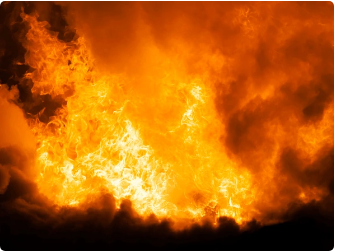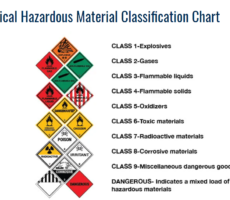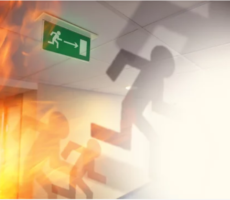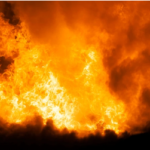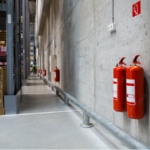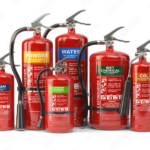Distinguishing the different classes of fire is incredibly important to fire safety because not all fire extinguishers are suitable for every type of fire. In fact, using a fire extinguisher that isn’t intended for use on a particular class of fire can quickly make the fire worse and pose serious risk to the fire extinguisher’s user and others in the vicinity. Here, we outline the various classes of fire, where they can potentially occur, and which fire extinguishers are suitable for each class of fire.
There are six classes of fires: Class A, Class B, Class C, Class D, Class E, and Class F.
1)Class A fires–Combustible materials: caused by flammable solids(wood, paper, fabric)
2)Class B fires–Flammable liquids (petrol, turpentine, paint)
3)Class C fires– Flammable gases (hydrogen, butane, methane)
4) Class D fires–Combustible metals (magnesium, aluminium, potassium)
5)Class E fires–Involving electrical equipment; the fire class changes once the electrical item is removed
6)Class F fire –Cooking oils (typically chip-pan fires)
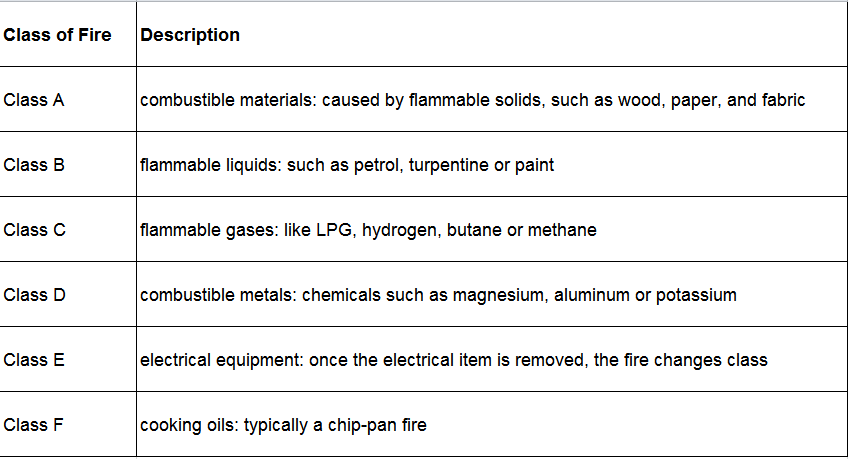
How to Prepare for the 6 Different Classes of Fires
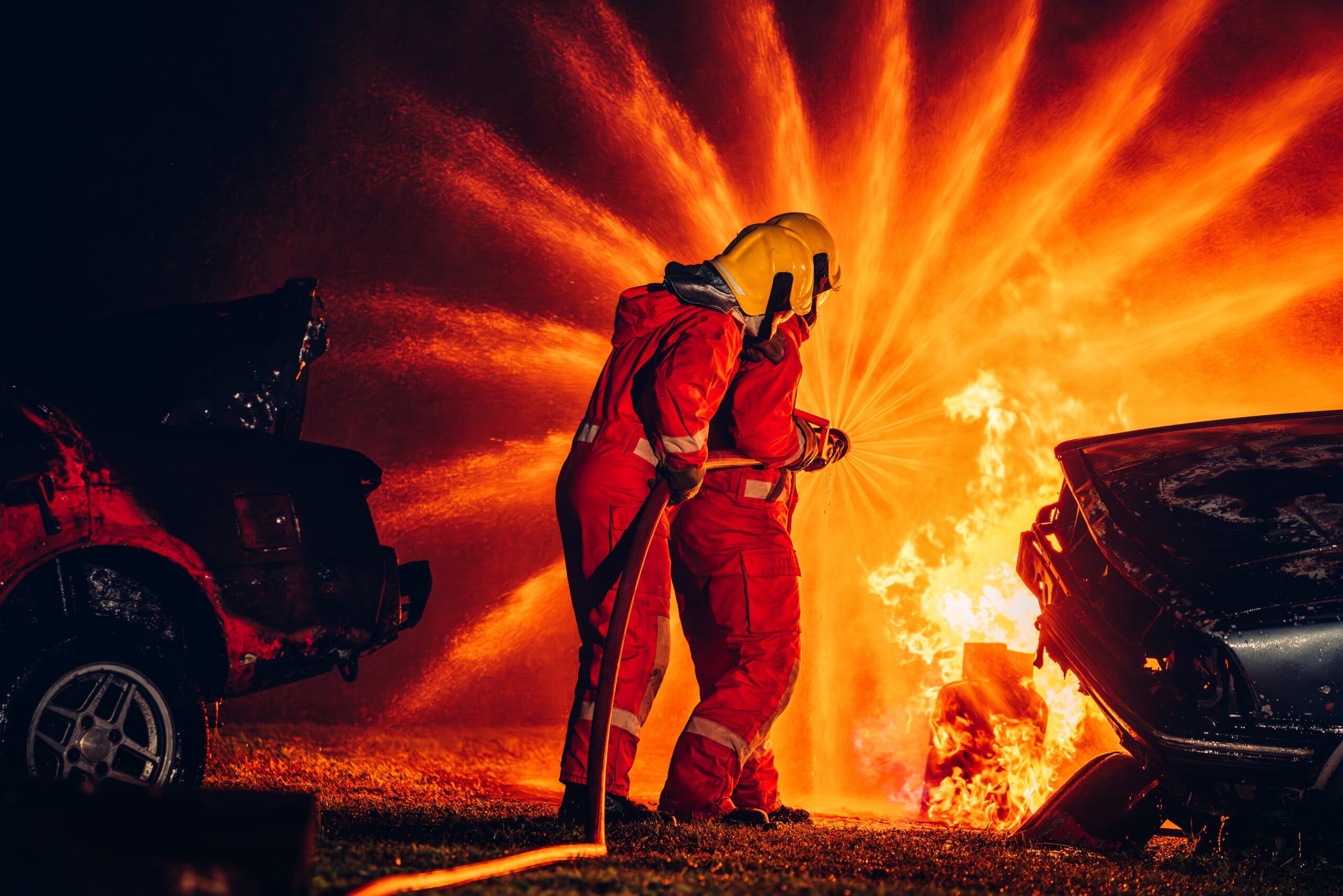
While fire can seem like one big threatening force, it’s important to know that there are actually several classes of fires. A fire’s class can determine how quickly it burns, how dangerous it is, and the best way to suppress or put it out. The 6 different classes of fires each have their own best approach to put them out safely and effectively.
Being ready for whatever fire danger involves three areas of focus: equipping yourself with the right fire extinguisher for your corresponding fire classes, committing to regular fire safety training, and keeping all equipment in peak condition.
If you can maintain each of these, you should be able to react appropriately in a fire emergency — no matter what class of fire you face.


